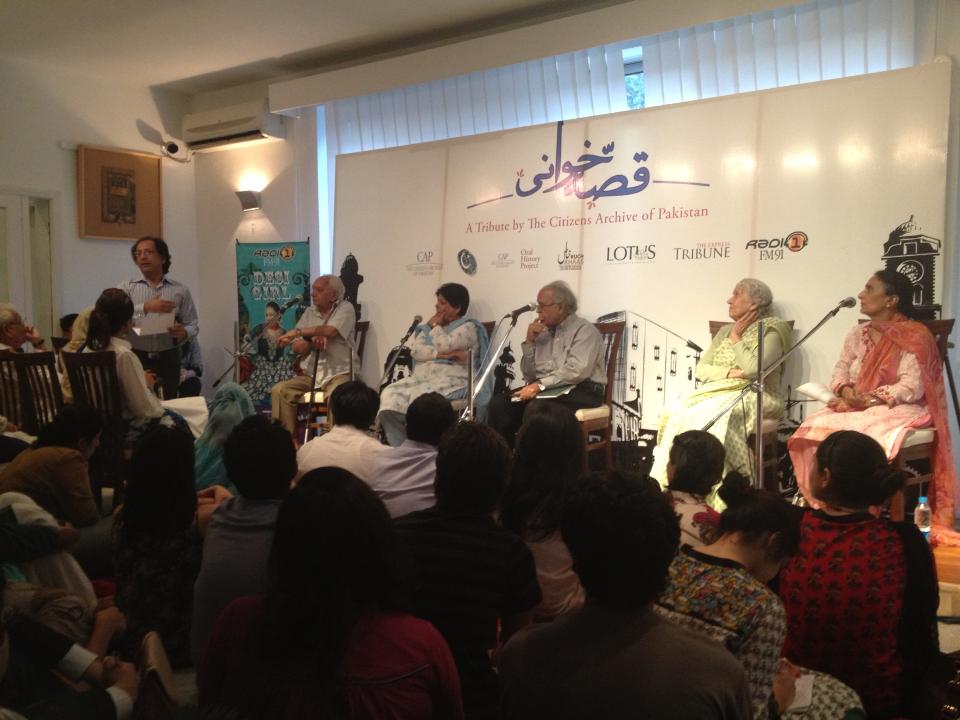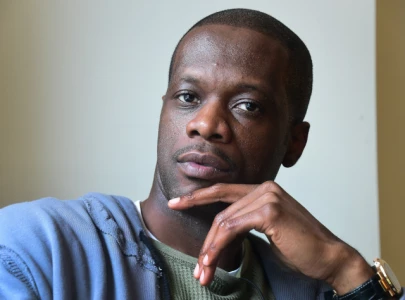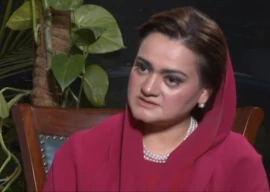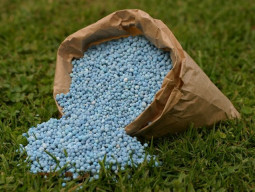
The evolution of cities, Lahore in particular, was discussed on the third day of the Qissa Khwani organised by The Citizens Archive at Faiz Ghar on Saturday.
The discussion was moderated by lawyer Rafay Alam. Akbar Ali Chughtai, a senior citizen, said the history of Lahore’s civilisation went 4,000 years back. It was located inside the Walled City, had 12 gates and a mori (hole). The River Ravi used to flow near the Walled City, he said.
Architect Nayyar Ali Dada said cities like Lahore had body, character and soul, just like humans. A law was passed to preserve important historical monuments in the city during the time General Jillani was governor. “Unfortunately, the control of the museum and other historical monuments was monopolised,” said Dada, “That nearly killed our cultural heritage.”
He said 40 per cent of the responsibility for preserving the cultural heritage of the city lay with the government. The rest had been controlled by a mafia.
“We used to produce folklore, parks, the Pak Tea House,” he reminisced, “But unfortunately we don’t any longer.” While the Pak Tea House has been restored, it does not do justice to the essence of the place, Dada said.
Nusrat Jamil, of the Social Action Forum said Lahore used to be multicultural and multi-ethnic. “I studied at the Convent where we used to study, play and eat together in complete harmony.” Religious beliefs were not forced on anyone and society was more accepting.
Jamil said people did not believe in raising high boundary walls around their houses because they felt secure. The society was tolerant of other people’s beliefs and alcohol and ham sandwiches would be served in restaurants. Muslims didn’t consume them but people of other religions would and everyone ate out of the same utensils.

“In Rawalpindi Satellite Town, Ahmadis, Shias and Sunnis would pray in the same mosque and not discriminate among one another,” said Jamil.
The youth have to decide where they want to take the society. “Religious extremists, who are a minority, are enforcing their beliefs and customs on us, making the society less tolerant,” she said.
Lawyer activist Imrana Tiwana said a city is where one can walk on footpaths with their families. There are no parks left and transport facilities are insufficient. The situation is the worst for senior citizens, she said.
Tiwana said the Bus Rapid Transit catered to a small portion of the society, not the 10.5 million people in Lahore. Lahore was the most polluted city in the country and the government wanted to eliminate the green belts on more than 700 acres on both sides of the Canal to widen the road.
“But with help from Rafay Alam, we managed to get the Heritage Act of 2013 passed under which the Canal is now an Urban Heritage Park,” she said. That was a great success, said Tiwana. She encouraged the youth to mobilise and fight to preserve of cultural heritage.
She said almost 80 per cent of the population lacked access to safe drinking water. “We have gotten carried away with a romantic notion of development,” she said.
Artist Ajaz Anwar said Lahore was no longer what it used to be. People used to gather at the Badshahi Masjid, Shahi Qila, Abbot Road and Egerton Road and the Walled City for cultural activities. People used to listen to Sufi poetry and arrange qawali events. Those areas today are full of air and noise pollution.
Writer Salman Rashid historical art pieces had been stolen from monuments and heritage sites during Zia era.
Published in The Express Tribune, June 23rd, 2013.










1732012115-0/Untitled-design-(14)1732012115-0-270x192.webp)






COMMENTS
Comments are moderated and generally will be posted if they are on-topic and not abusive.
For more information, please see our Comments FAQ